Sometimes the wind doesn't blow, and the sun doesn't shine.
Just a snapshot of the late morning in Perth today.
[graphic from RenewEconomy & Global-Roam Nem-Watch widget]
Just a snapshot of the late morning in Perth today.
[graphic from RenewEconomy & Global-Roam Nem-Watch widget]

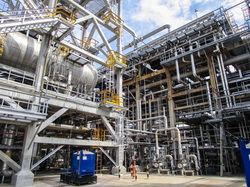
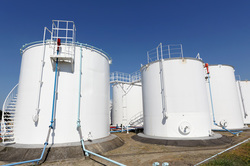


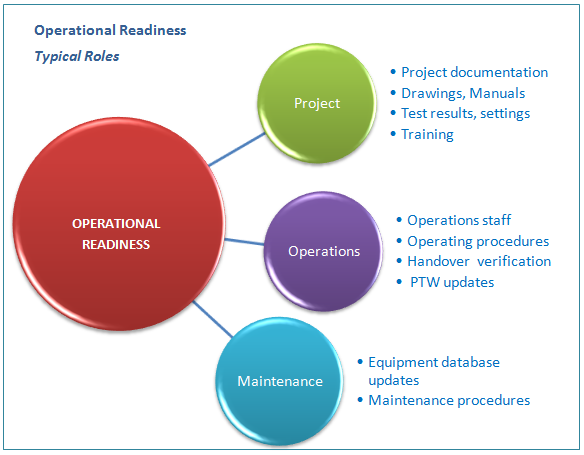


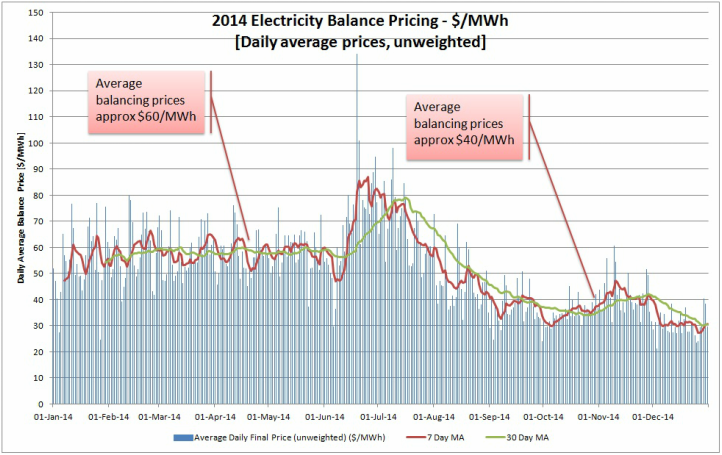
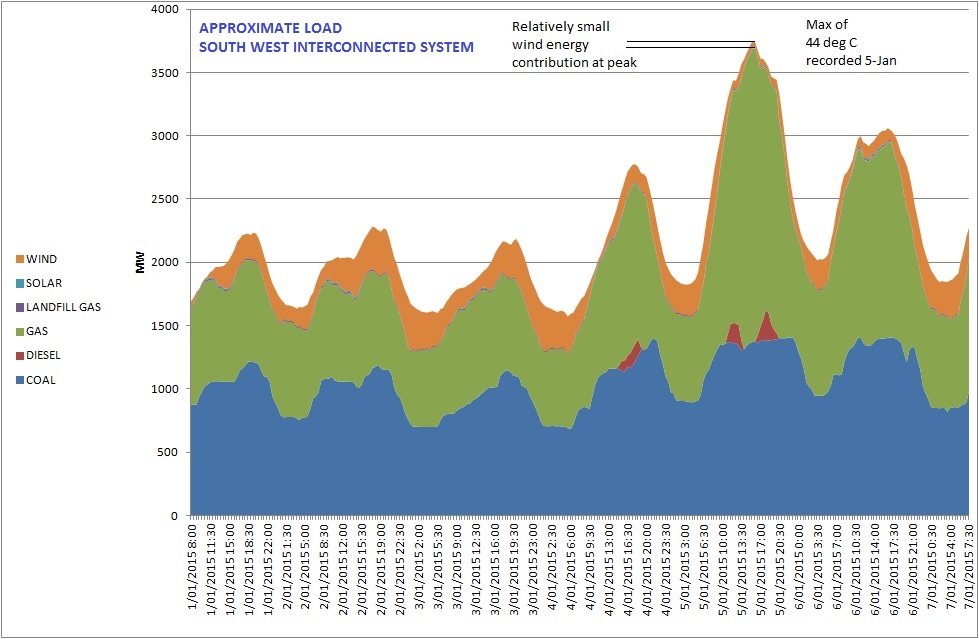
 RSS Feed
RSS Feed
